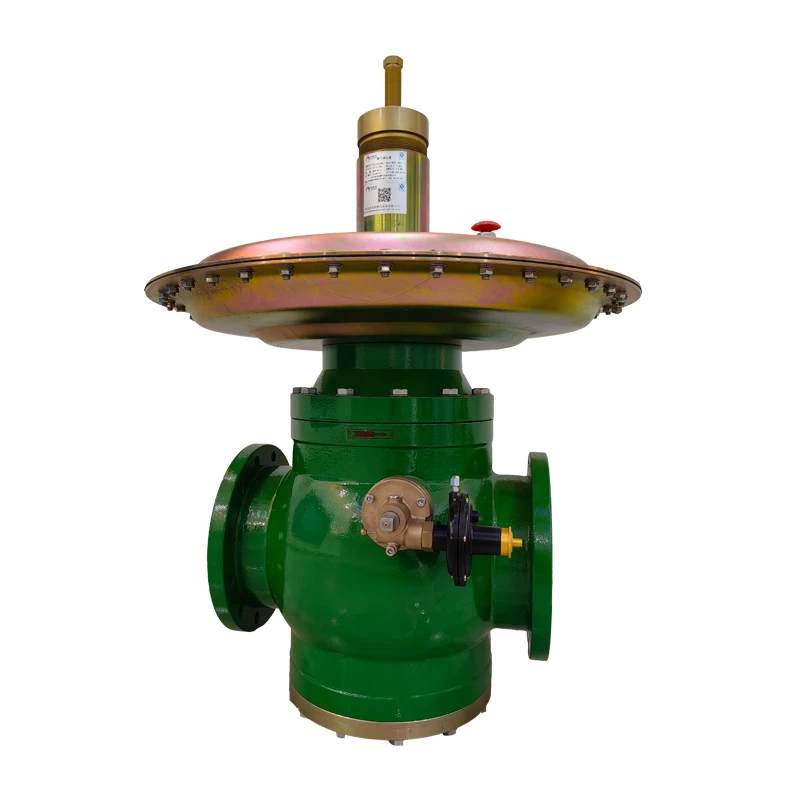
Dec . 19, 2024 06:43
Back to list
Optimization Strategies for Gas Heat Exchangers in Industrial Applications
Gas Heat Exchangers A Critical Component in Modern Energy Systems
In the increasingly energy-conscious world, gas heat exchangers have emerged as vital components in various industries. These systems play a crucial role in improving energy efficiency, reducing emissions, and optimizing the performance of heating and cooling processes. Understanding their operation, application, and benefits is essential for grasping their significance in today's energy landscape.
What is a Gas Heat Exchanger?
A gas heat exchanger is a device designed to transfer heat between two or more gas streams without mixing them. The primary purpose is to reclaim waste heat from one gas stream and use it to preheat another, thereby conserving energy that would otherwise be lost. This process is vital in industrial applications such as power generation, chemical manufacturing, and HVAC systems.
Working Principle
The fundamental principle behind a gas heat exchanger is the transfer of thermal energy through conduction and convection. In most designs, gas streams flow parallel or perpendicular to each other. Through a series of metal plates or tubes, one gas stream releases heat while the other absorbs it. The efficiency of this heat exchange largely depends on the surface area of contact, the temperature difference between the gases, and the flow arrangement.
Types of Gas Heat Exchangers
There are several types of gas heat exchangers, each tailored for specific applications. The most common types include
1. Shell and Tube Heat Exchangers Comprising numerous tubes, this design allows one gas to flow within the tubes while the other flows around them. This type is widely used in heavy industry due to its robustness and high heat transfer capability.
gas heat exchanger

2. Plate Heat Exchangers These consist of thin, corrugated plates that create channels for the gas streams. Their compact design makes them suitable for applications where space is a constraint.
3. Air-to-Air Heat Exchangers Primarily used in HVAC systems, they facilitate the transfer of heat between two air streams, significantly improving energy efficiency in heating and cooling processes.
4. Regenerative Heat Exchangers These are designed to temporarily store heat from the exhaust gas and utilize it for heating incoming gases, commonly used in large-scale power plants.
Applications
Gas heat exchangers find applications across various sectors. In power plants, they are crucial for improving the thermal efficiency of gas turbines by recovering waste heat. In the petrochemical industry, they are instrumental in refining processes where temperature control is vital. HVAC systems leverage these devices to enhance energy recovery, thereby contributing to sustainable building designs.
Benefits
The advantages of gas heat exchangers are manifold. They significantly reduce energy consumption, leading to lower operational costs. By minimizing energy waste, they also contribute to reduced greenhouse gas emissions, aligning with global sustainability goals. Furthermore, they promote process optimization, leading to improved system reliability and longevity.
Conclusion
In conclusion, gas heat exchangers are indispensable in today's industrial and commercial landscapes. As industries strive to improve energy efficiency and reduce environmental impacts, these devices will continue to play a pivotal role. Understanding their operation, applications, and benefits is essential for engineers, managers, and policymakers seeking to harness technology for a more sustainable future. As the demand for energy-efficient solutions grows, innovation in gas heat exchangers will likely advance, offering even more effective and sustainable options for various heat transfer applications.
Next:
Latest news
-
Safety Valve Spring-Loaded Design Overpressure ProtectionNewsJul.25,2025
-
Precision Voltage Regulator AC5 Accuracy Grade PerformanceNewsJul.25,2025
-
Natural Gas Pressure Regulating Skid Industrial Pipeline ApplicationsNewsJul.25,2025
-
Natural Gas Filter Stainless Steel Mesh Element DesignNewsJul.25,2025
-
Gas Pressure Regulator Valve Direct-Acting Spring-Loaded DesignNewsJul.25,2025
-
Decompression Equipment Multi-Stage Heat Exchange System DesignNewsJul.25,2025

